Introduction – What Is Germany Known For
There is no doubt that Germany has a rich cultural heritage. Right from their artistic expressions to their technological innovations and engineering marvels, they have been at the top of the game. Contributions to the world in various fields including art, music, and literature have been made by this country. Classical composers like Beethoven and Bach were German and so are many modern artists such as Gerhard Richter and Anselm Kiefer. Their arts can be described as avant-garde creations. The country also takes pride in its literary tradition which boasts influential figures like Johann Wolfgang von Goethe and Thomas Mann.
Germany’s prowess expands beyond the works of art that have been produced over time. They are known for precision engineering and scientific research across various sectors which include automotive manufacturing, renewable energy solutions, biomedical advancements, and aerospace engineering.
The great things about this country cannot be summed up into one short paragraph. Although its people are famous for their warm hospitality embodied through traditions like Oktoberfest alongside picturesque landscapes that offer abundant natural beauty, it does not end there; they are just getting started with what they are known for.
Why Is Germany Famous Around the World
Millions of visitors flock to Germany every year to celebrate Oktoberfest in Munich, which is Bavarian culture’s grand celebration and one of the most famous events globally. Traditional music dances and delicious German beer in abundance set the mood for one amazing festival. This only goes to show how famous it is around the world.
Another festival that sets them apart is Christmas markets that adorn the country during the holiday season adding a festive charm all over.
When it comes to food you will only hear good things about Germany from people who’ve visited or heard about it because from Sauerkraut to their sausages which include bratwursts and currywursts you can never get enough of them since they’re too tasty! These delicacies accompany traditional German beer festivals making culinary fame a well-deserved reputation for this country.
There are also a lot of influential individuals from Germany who are known all over the world. The Brothers Grimm, for instance, are celebrated authors whose timeless fairytales like “Hansel and Gretel” many generations have grown up listening to.
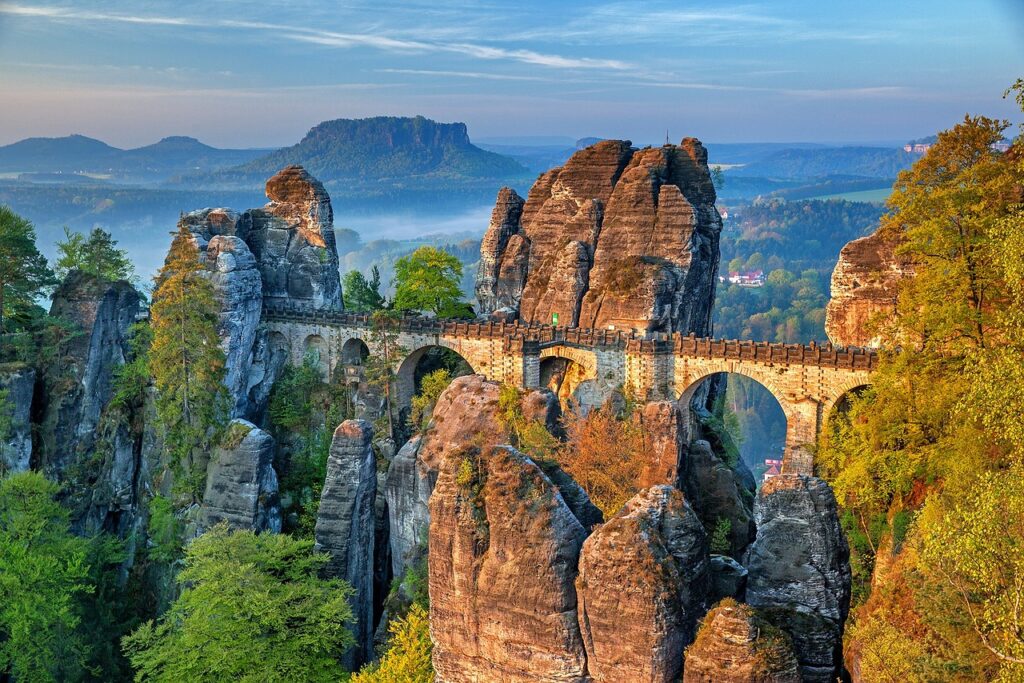
Exploring German Culture and Traditions
A good way to learn about Germany’s rich heritage is through its famous landmarks that tell different stories about the country. The iconic Berlin Wall will leave you feeling emotional as it stands as a symbol of Germany’s reunification. The nation’s resilience is evident in this historical structure.
Impressive medieval castles also make up the list of wonders that you need to see on your visit such as Neuschwanstein Castle. It is often recognized as Disney’s Sleeping Beauty castle inspiration.
In terms of flamboyant German municipalities, Berlin is the leader of the pack. The creative arts expressed by this city, its historical significance and modern societal landscape are as progressive as they come. Alongside these qualities are traditional German festivals that have been a part of Germany for centuries which gives an immersive experience into the heart of German culture.
Iconic German Food and Drinks
Who can resist a plate of genuine Bratwursts? Germany’s sausages and must-try food are things you can’t afford to miss in this country. There’s something about them that captivates your palate with just one bite. If sausages aren’t your thing then maybe some beer might be. Festivals such as Oktoberfest give you a chance to taste Germany’s famous beer culture. And if you’re not sure what to eat, authentic German dishes like schnitzel, sauerbraten, and spätzle will guide you through.
Notable Contributions of Germans in Sports
One look at how excited the Germans get for football will tell you just how passionate they are for it. They take great pride in their clubs’ achievements and national triumphs in major international competitions like the FIFA World Cup have made their sporting status undeniable. Franz Beckenbauer left an indelible mark on the sport so did Gerd Müller and current stars like Thomas Müller.
The German Influence on Automobile Industry
Germany is home to BMW, Mercedes-Benz, Audi, Volkswagen etc… If anyone knows anything about cars then they know that these brands are among the best in the world. The innovative contributions from German engineers have revolutionized the automobile industry so much so that it inspired many other countries to create better systems.
Beer
German beers are known for their high-quality brews all around the globe. The Pilsner and Bock may seem simple but they represent hundreds even thousands years worth of brewing traditions which makes every sip a story. One thing that is undeniable is the connection between people, traditions, and history when it comes to beer in Germany.
The typical German architectural prowess is the country’s castles. These castles are an indelible piece of the country’s cultural heritage, providing insight into a rich and storied history, underscoring things Germany is famous for. Germany boasts over 25,000 castles, each with its own unique tale to tell. Whether it’s the fairytale-like Neuschwanstein Castle or the towering Burg Eltz, these buildings stand as living proof of Germany’s medieval past and unfailing craftsmanship.
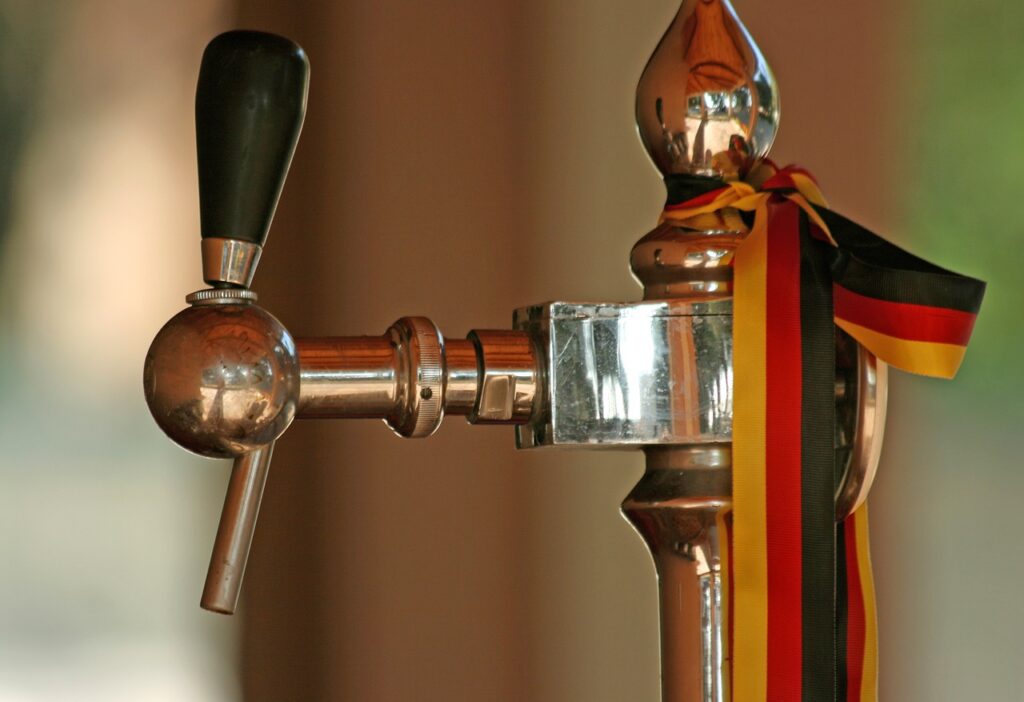
Castles
Germany’s castles also serve as huge tourist attractions. With millions of visitors flocking through their intriguing corridors and admiring the breathtaking views they command every year, people clearly can’t get enough of them. The structures don’t just offer looks though. They host special events like medieval reenactments and concerts that provide a fully immersive experience for any kind of traveler, which is a part of German culture.
Though it may seem like a relic from another time, many German castles found across Germany still have modern appeal. They’re commonly used as venues for things such as weddings, celebrations, and other cultural events that demand a stunning backdrop. In this way, Germany’s vibrant landmarks continue to be useful today.
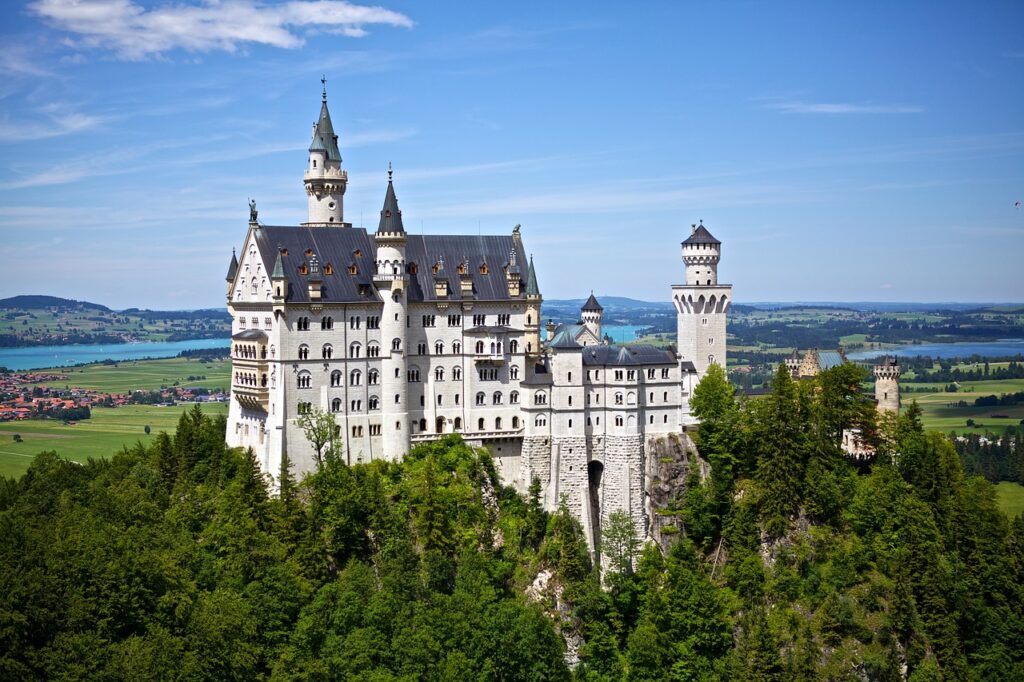
Cars
When someone mentions ‘German engineering’, cars should immediately come to mind. It is home to some auto industry giants that produce top-quality vehicles that have become famous worldwide due to their luxury and precision – BMW and Mercedes-Benz being two prime examples. We can’t forget about Volkswagen or Audi though; they are known for their engineering excellence.
One thing you can count on when buying a German car is sustainability in mind too nowadays! As global demand for eco-friendly rides grows stronger by the day, German manufacturers are making sure they stay ahead by producing electric and hybrid cars that’ll do minimal damage but offer plenty performance-wise.
Another notable feature in Germany is its autobahn system — highways with no general speed limits on certain parts allowing drivers to hit those high speeds freely while enjoying excellent safety measures. This feature is a clear indicator of Germany’s love for speed and the engineering innovations that make it safe.
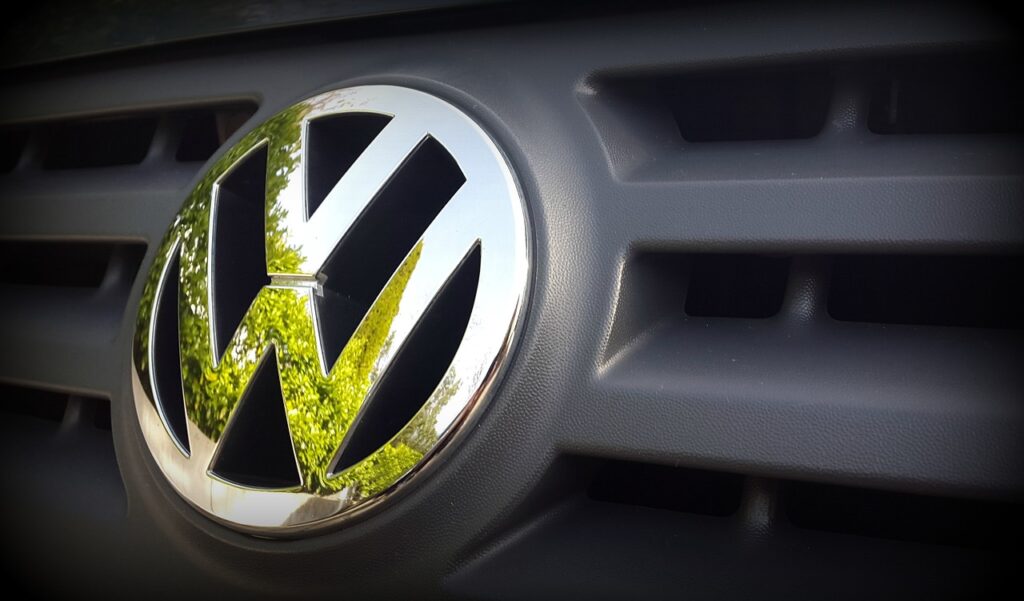
Christmas Markets
CChristmas markets are an incredibly popular tradition in Germany with roots tracing back to the late Middle Ages. These Weihnachtsmärkte (that’s what they call them) offer the perfect holiday atmosphere with lights twinkle, mulled wine wafts through customers noses, and carolers sing their hearts out. Visitors can walk around exploring stalls filled with handmade crafts, sweets, and decorations. Each market has its unique flavor — from Nuremberg’s historic backdrop to Rothenburg ob der Tauber’s medieval setting.
One common factor between all these markets, however, is their quaint wooden stalls decorated in various colors and illuminated by fairy lights. The scent of roasted chestnuts and sizzling bratwurst fill visitors’ nostrils as they meander through the bustling aisles taking in all the sights and sounds. These markets are meant to be enjoyed! There’s even live performances like musical ensembles playing traditional carols or puppet shows that will delight anyone who watches them. Literally every city in Germany boasts a magical Christmas market display each year; you’ll never run out of places to go shop till you drop!
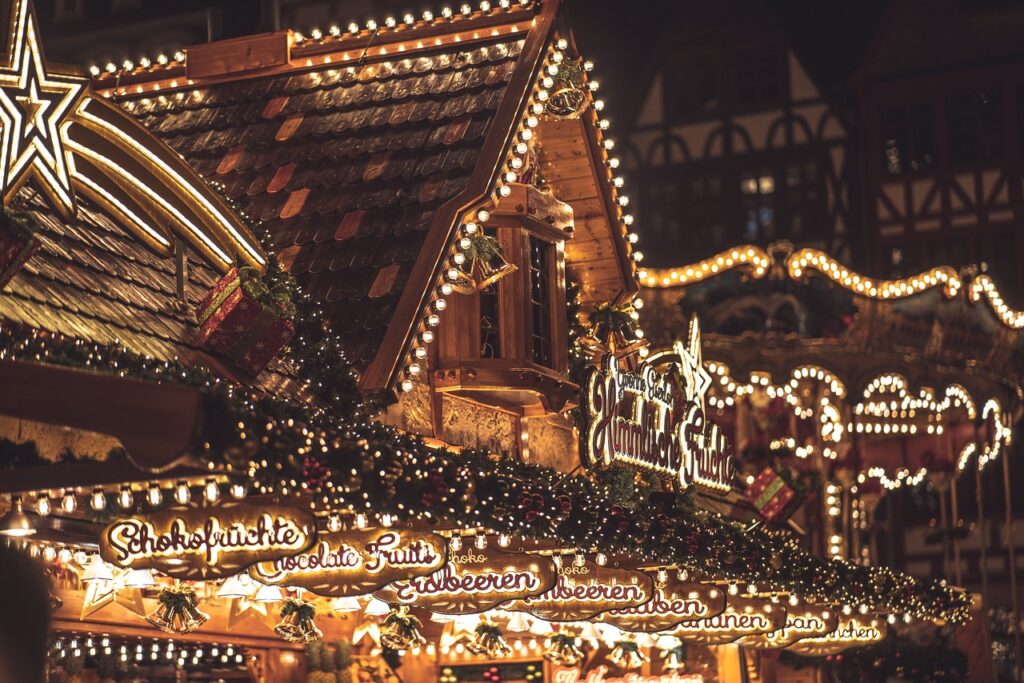
Berlin
Berlin is a city that refuses to be put in a box. It’s the beating cultural heart of Germany, its vibrant arts scene spills into every street and building, and its architecture is an eclectic mix of old and new. Every corner you turn you’ll find something that stirs up feelings of historical importance, whether it’s the remnants of the Berlin Wall or the iconic Brandenburg Gate.
It’s no secret that there’s a deep history lining this city, but what often goes unnoticed are Berlin’s achievements in other areas, contributing to the range of things Germany is known for. The capital has become globally recognized for its nightlife; known as one of Europe’s greatest clubbing destinations. Additionally, it’s art scene is considered avant-garde. This off-the-wall approach to creativity stretches out from gallery walls and into the rest of town, making it impossible not to bump into something truly unique on your travels.
The city hasn’t stopped at culture either – Berlin is fighting for change. At the forefront of sustainability initiatives and supports budding artists and entrepreneurs once they arrive; which might explain why Germany is one of the creative centers of world innovation — especially when we talk about Berlin. There are many ways to feel these cultural shifts personally whilst exploring everything Berlin has offer — like walking around and getting lost in Kreuzberg staring at street art or finding yourself savoring some innovative food at Markthalle Neun.
Composers
Germany is known for many things, but its composers have had an enormous impact on classical music. Johann Sebastian Bach, Ludwig van Beethoven, and Wolfgang Amadeus Mozart are just a few of the remarkable talents that Germany has produced over the years. Each of them contributed their own unique compositions and styles to the world of music. While some people might be familiar with only one or two songs by these composers, their catalogues are vast and include everything from symphonies to operas.
Their influence extends beyond just classical music as well. You can hear their work in soundtracks for movies and TV shows, elevator muzak, and even in modern pop songs that sample their melodies. There’s no doubt about it – Germany loves its musicians.
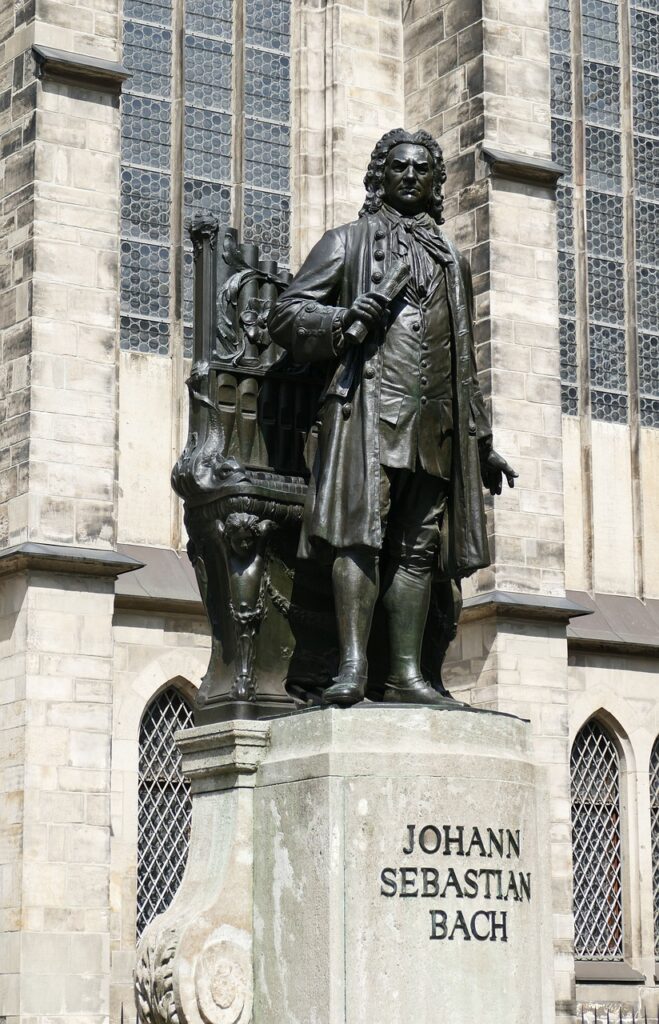
Oktoberfest
When most people think of Oktoberfest, they picture beer gardens filled with rowdy patrons wearing lederhosen and dirndls. But there’s more to this annual German festival than meets the eye.
Beyond the booze-fueled party scene, Oktoberfest is a cultural celebration held in Munich every fall. In addition to beer, there’s also traditional Bavarian dancing, live oompah bands playing folk music, and plenty of delicious food like pretzels and sausages (which we’ll get to later).
The event began in 1810 as a wedding party for Prince Ludwig of Bavaria and Princess Therese of Saxony-Hildburghausen and eventually grew into the giant party that it is today.
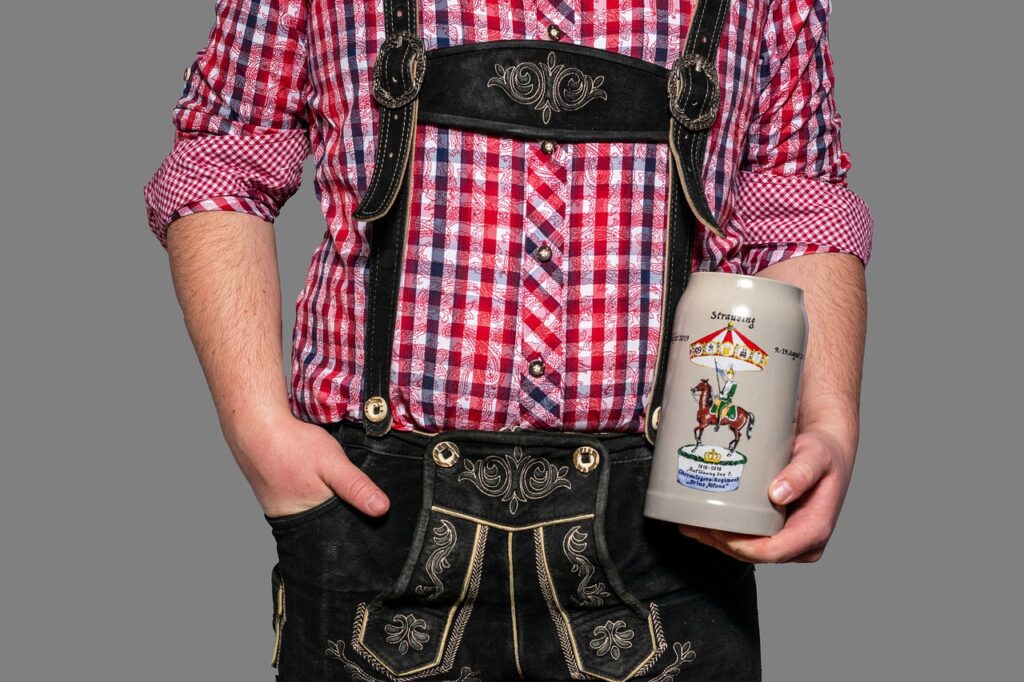
Sausages
Germany is divided into 16 states called Bundesländer, which each have their own culture and cuisine. And while you can find plenty of regional dishes like sauerkraut throughout all 16 states, one thing that unites them all is a love for sausage.
In fact, there are over 1,500 different types of sausage in Germany – so if you’re a fan of the stuff, you’ll never be bored, showcasing the diversity of German cuisine. Each region has its own style, from the spiced currywurst of Berlin to the porky Nuremberg rostbratwurst.
Sausages aren’t just something to eat. In Germany, they are also an important part of social gatherings and festivals. Whether it’s Oktoberfest or a local beer garden, people come together to enjoy sausages as well as good food, beer and company. The act of sharing them has its own significance in German society.
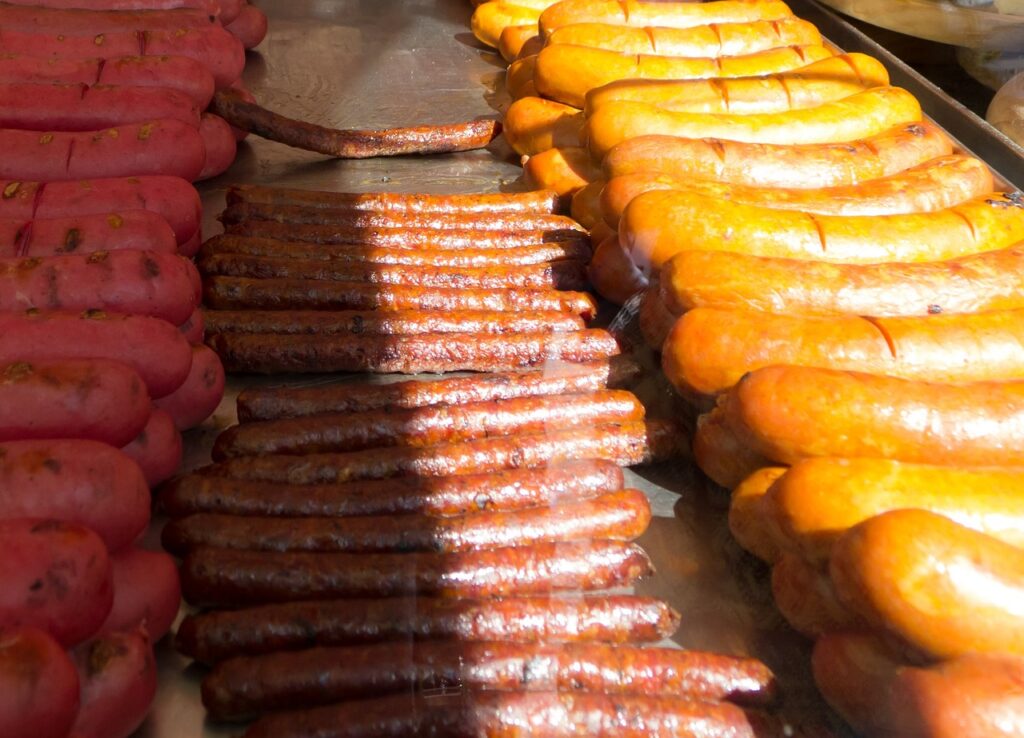
Football
Football is important to Germany for multiple reasons. It is not only deeply ingrained in the culture but also fills stadiums with passionate fans that carry an intense energy. The country has been playing football since the late 19th century, making it one of the longest standing traditions in the sport. During this time there have been many iconic moments such as winning the FIFA World Cup four times and consistently fielding competitive club teams in European competitions. The Bundesliga, which is Germany’s top domestic football league, has become renown for its competitiveness and quality talent development system — attracting top players from all over the world.
However the sport isn’t just about competition for Germany. Many clubs actively engage their communities with programs aimed at fostering inclusivity and empowering young people through soccer. They were also pioneers for environmental sustainability within the game by implementing practices within their stadiums and clubs early on.

World War II
World War II was a tragic time period that had a massive impact on Germany as well as globally. Lasting from 1939 to 1945, it was one of history’s darkest periods with Germany playing a key role among other major Axis powers. One aspect that stands out is how much impact Nazi propaganda had across the globe — fueling widespread support for war while planting seeds of hate and discrimination along the way.
Technological advancements did come from this era like advanced weaponry and military strategies but these only made matters worse during wartime.
Millions of people suffered greatly during these years through events such as genocide during the Holocaust or through large scale destruction around Europe.
But despite its grim legacy, World War II did bring about positive changes to the world. Women began entering the work force like never before, and the United Nations was established to help prevent future global conflicts.
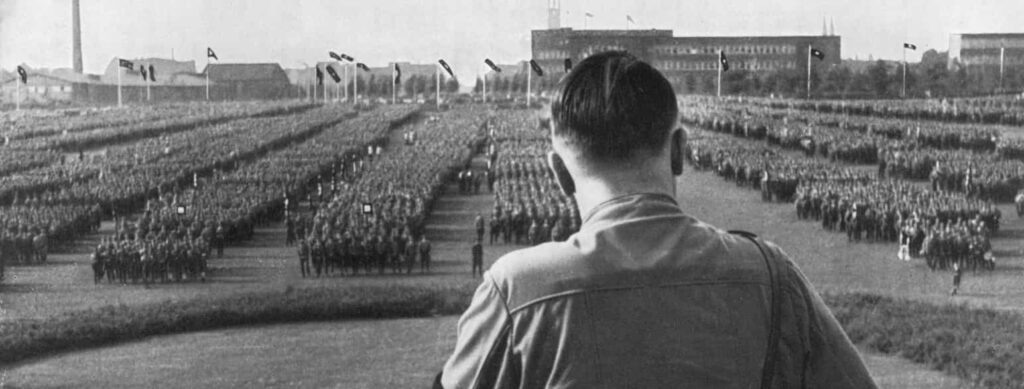
Efficiency and Punctuality
Germans are known for their efficiency across the globe and for good reason. They’ve built themselves a reputation of timeliness and productivity from their world-renowned transportation system to their precision engineering efforts. But being efficient isn’t just about doing things on time, it’s an entire system that has quality, reliability, and attention to detail at its core.
The punctuality of the Germans is a feat that has been deeply embedded since their birth. From public transportation to work, everything runs on a strict schedule. This cultural obsession with being prompt does more than just reflecting respect for others’ time, it also ensures they get things done in an efficient way. When everyone follows the same tight schedule, trust and cooperation can flourish at their maximum levels. The habit isn’t only important for business meetings but also social gatherings as well.
Albert Einstein
There are many things you can say about Germany, but you can’t leave out Albert Einstein when talking about this country’s legacy. Born in 1879 in Ulm, Germany, Einstein revolutionized our understanding of space with his theory of relativity. His work broke every barrier there was in theoretical physics and got him a Nobel Prize in 1921.
Einstein however wasn’t just a brilliant scientist who made discoveries beyond what we could have ever imagined- he was also a pacifist through and through. His yearning for global peace continues to inspire people nowadays even though it feels like his days were yesterday. He believed everyone should be treated equally, no matter who they were or where they came from- and that’s why we still talk about him so much today.
East and West Germany
When WWII finally came to an end, Germany was obviously very broken as a country- this led them to split into two: East Germany (officially known as the German Democratic Republic) and West Germany (officially known as the Federal Republic of Germany). This division along ideological lines caused massive differences between both sides- societal structures, economic systems, political ideologies- you name it.
East Germany took after Soviet Union principles with a planned economy and restricted civil liberties while West Germany embraced democracy and capitalism on its own terms. Living standards were shockingly low in East compared to what citizens had access to at West which made reunification such an important goal for both sides. The Berlin Wall finally fell in 1989 and Germany would reunify again the following year. This came with its fair share of positives and negatives, but all in all it helped them to bridge economic disparities between former East and West regions. There are still many disconnects within unified Germany today.
Adidas and Puma
The rivalry between these two is as fierce as any you’ve ever seen in the business world. A family feud running deep, one brother decided to start Adidas while the other went with Puma- we all know who won this race. But something about this feud that makes it so different from others is how much their story reflects the culture of Germany itself.
Adidas and Puma, two of the most famous companies in Germany, both have their roots in a small town called Herzogenaurach. The Dassler brothers started a shoe factory there in 1924 and quickly gained fame for creating innovative sportswear for track athletes like Jesse Owens. However, after World War II, the brothers had a falling-out and split the business into two separate companies: Adidas and Puma.
Adidas is known for its three stripes logo and has remained true to its sporting roots with collaborations with athletes like Kanye West and Beyoncé. On the other hand, Puma has positioned itself as more of a lifestyle brand by partnering with musicians like Rihanna and Selena Gomez.
Despite their differences, both brands have managed to stay relevant by targeting different demographics while still appealing to their core customer bases. Adidas is known for being sporty but fashionable, while Puma focuses more on streetwear.
These brands are not only synonymous with sports shoes; they also represent German craftsmanship, entrepreneurial spirit, and competitive excellence on a global scale.
Books and Authors
Books play an important role in German culture and have given rise to some of the world’s most celebrated writers. Johann Wolfgang von Goethe wrote Faust in the late 18th century; Thomas Mann won the Nobel Prize in literature in 1929; Hermann Hesse was awarded the Nobel Prize just one year before his death in 1962. Each of these authors has helped shape German literature – from classic novels to contemporary best-sellers – giving readers around the world countless pages to turn.
Germany’s publishing industry is also highly regarded across many aspects. Many publishers publish high quality works across numerous genres including scientific research which pushes literary boundaries. The country’s book industry promotes diverse voices making it a staple of Germany’s international cultural influence.
Famous Landmarks in Germany
Germany is best known for its rich history, famous engineering feats, and delicious food. From the Berlin Wall to the Autobahn highway system, they’ve built some of the most impressive structures in the world which have had a lasting effect on innovation globally. Their precision manufacturing is also renowned for producing quality products such as cars and machinery, which is part of why Germany is famous.
On top of that, Germany’s cuisine is so popular that it has enchanted food lovers all over the world, making German cuisine a key aspect of what makes the country known. Their hearty sausages, flavorful pretzels, and savory sauerkraut are just a few examples of German dishes that have made their mark internationally. They take their beer seriously too. Each year millions flock to Oktoberfest to enjoy traditional German brews and join in on the raucous fun.
Germany boasts some of the most iconic (and historically significant) landmarks in the world. The Brandenburg Gate is a symbol of Berlin’s storied past and stands as a testament to how far they’ve come. This neoclassical monument has an imposing presence and attracts tourists from all walks of life hoping to understand more about this nation’s journey from division to unity.
Neuschwanstein Castle is another standout landmark located in southern Germany. Nestled away in Bavaria, this fairytale-like castle inspired Disney’s Sleeping Beauty and offers visitors panoramic views of its surroundings for miles around making it hard to put your camera down!
Further south still you’ll find Cologne Cathedral whose breathtaking Gothic design was over six hundred years in the making! With each step closer towards completion; intricate façades were added along with soaring spires until even today its grandeur leaves visitors awe-struck at what German craftsmanship can achieve when given time.
Lastly, Zugspitze sits as Germany’s highest peak; serving up picturesque views across its serene natural landscapes adventurers are invited throughout all seasons — and encourage travelers worldwide planning trips based off both towering overtures and serene natural backdrops.
Conclusion
The Berlin Wall stood from 1961 until 1989, dividing East Germany from West Germany during the Cold War – nearly three decades. Its eventual fall marked the end of communism in Eastern Europe, a pivotal moment in history that’s an important thing to know about Germany’s past.
Germany’s Autobahn highway system stretches across more than 8,000 miles with no federally mandated speed limit– although certain areas have suggested speeds that vary depending on traffic conditions or time of day.
Sausages can be found throughout Europe but German sausages are some of the best-known varieties: bratwurst (made with pork or veal), bockwurst (pork-veal-beef), knackwurst (beef-pork-veal) or weisswurst (veal). You’ll often find them eaten with pretzels or sauerkraut too which they are commonly paired with.
Germany is known for having a strong beer culture as well. Its Oktoberfest celebration in Munich is the largest folk festival in the world and attracts millions of visitors each year. The event features traditional German food such as pretzels, sausages and rotisserie chicken, served alongside copious amounts of beer.
These are just a few examples of how Germany has made its mark on everything from engineering to food around the world.
Germany is an incredible land. Their famous landmarks are some of the most iconic and historically significant in the world. Take Brandenburg Gate for example, it’s a symbol of Germany’s journey from division to unity. Beautiful castle Neuschwanstein is nestled in the Bavarian Alps and offers breathtaking views of its surroundings. Cologne Cathedral, another famous German building, took over six centuries to complete. And Zugspitze? The highest peak in Germany with some killer views.
But that isn’t all that makes Germany great. They have a rich cultural heritage, master engineers and environmental-conscious laws that make this country amazing. From their classical contributions to their eco-friendly policies, Germany has rightfully earned its spot on the world stage as a global leader
More Dream Vacations
- Top 10 Things To Do In Tampa Florida
- Top 10 Things To Do in Blue Ridge Georgia
- Top 10 things to do in New York
- What Are The Top 10 Things To Do In Florida
- Top 10 Things To Do in Vancouver Canada
- Top 12 Things To Do in Hawaii
- Top 10 Beaches in Hawaii
- The Top 10 Things to Do in Nashville
- Top 10 Things to Do in Las Vegas

